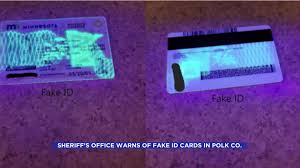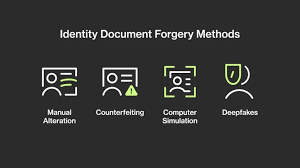Fake ID Features
Introduction
- Definition of Fake IDs
- The Role of Fake IDs in Contemporary Society
- Overview of the Article
Understanding Fake ID Features
- What Makes a Fake ID High-Quality?
- Material and Design
- Security Features
- Customization Options
- The Importance of Scannability
- Explanation of Scannable Features
- Benefits of Scannable IDs
- Common Features in Fake IDs
- Holograms and Watermarks
- Barcodes and QR Codes
- UV Features
- What Makes a Fake ID High-Quality?
Market Analysis
- Current Trends in the Fake ID Market
- Legal and Ethical Considerations
- The Impact of Technology on Fake ID Quality
- Consumer Behavior and Demand for Fake IDs
Target Audience
- Demographics of Fake ID Users
- Age Groups
- Geographic Distribution
- Motivations for Acquiring Fake IDs
- Entertainment and Nightlife
- Access to Restricted Areas and Events
- Online Purchases and Age Verification
- Demographics of Fake ID Users
Product Specifications and Features
- Detailed Analysis of Common Features
- Materials Used (PVC, Polycarbonate)
- Printing Techniques (UV Printing, Offset Printing)
- Personalization Features (Name, Age, State)
- Comparisons of Different Fake ID Products
- High-Quality vs. Low-Quality IDs
- Reviews of Popular Fake ID Vendors
- Detailed Analysis of Common Features
Psychological Value of Fake IDs
- The Sense of Freedom and Independence
- Social Validation and Identity
- Risks and Consequences of Using Fake IDs
Conclusion
- Summary of Key Points
- Final Thoughts on the Importance of Understanding Fake ID Features
Detailed Content
1. Introduction
In today’s fast-paced world, the demand for fake IDs has surged, particularly among young adults seeking independence and access to opportunities typically restricted by age. Fake IDs, often seen as a rite of passage, offer not only practical benefits but also psychological rewards. This article delves deep into the features of fake IDs, providing a comprehensive understanding that empowers consumers to make informed choices.
2. Understanding Fake ID Features
What Makes a Fake ID High-Quality?
A high-quality fake ID is characterized by its material, design, and security features. The most common materials used for fake IDs are PVC and polycarbonate, which mimic the durability and feel of real IDs.
Material and Design: The choice of material plays a critical role in the ID's overall quality. PVC IDs are less durable compared to polycarbonate, which offers greater resilience and a more authentic look.
Security Features: High-quality fake IDs incorporate various security features that make them hard to detect. These include holograms, watermarks, and UV printing.
Customization Options: Many vendors allow users to personalize their IDs, which can include adding specific names, dates of birth, and state designs, making them look even more authentic.
The Importance of Scannability
In an age where technology dominates, scannability has become a pivotal feature of fake IDs. A scannable fake ID can be read by machines, thus providing an added layer of authenticity.
Explanation of Scannable Features: Scannable IDs include barcodes or magnetic stripes that store information, allowing quick verification at entry points such as bars or clubs.
Benefits of Scannable IDs: These IDs not only reduce the chances of being detected but also increase the confidence of the user when presenting the ID.
 FlorFake IDa
FlorFake IDa
 Fake ID Features
Fake ID Features
 Secure Fake IDs
Secure Fake IDs
 Where to Buy Kansas Fake ID
Where to Buy Kansas Fake ID